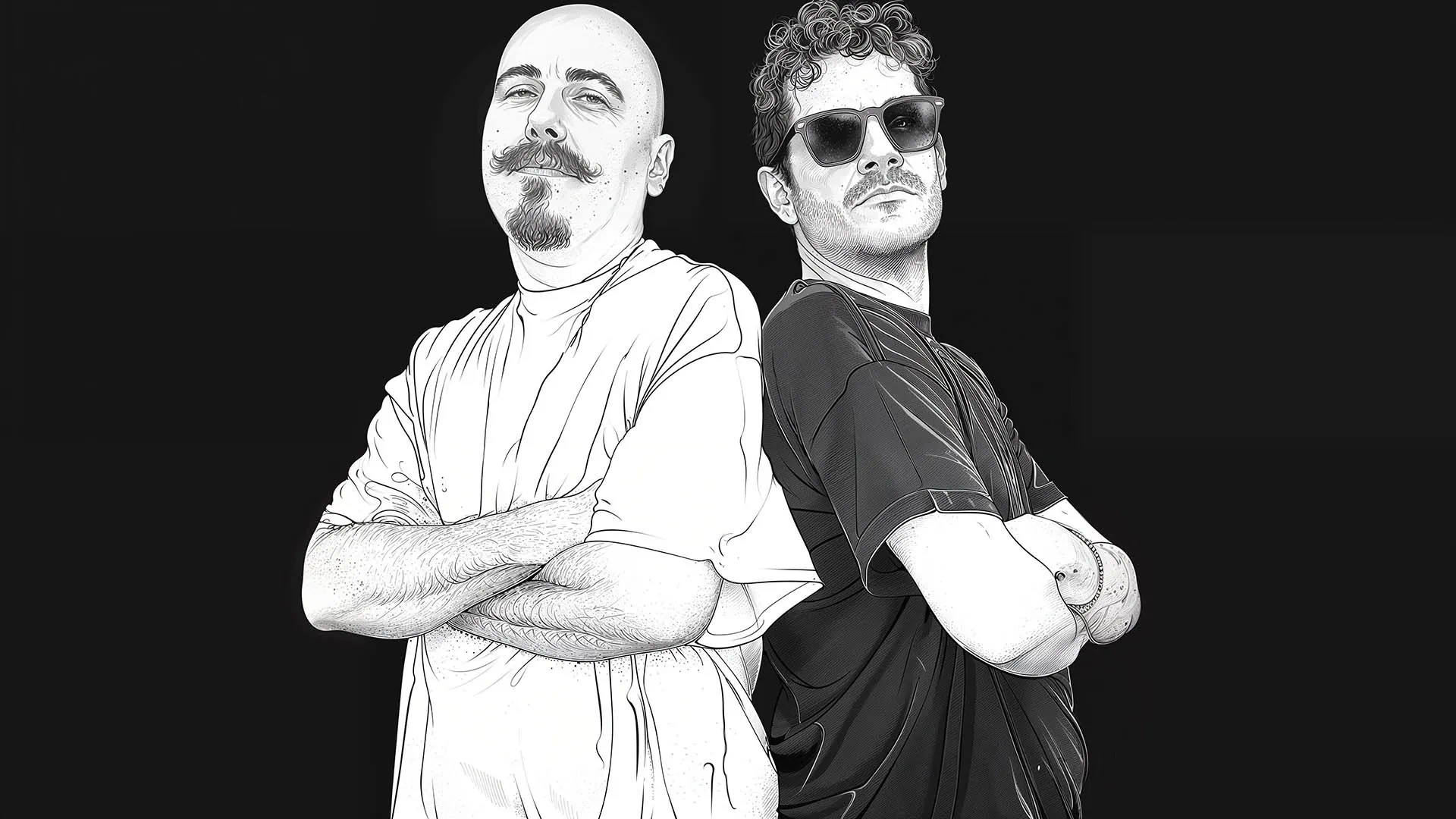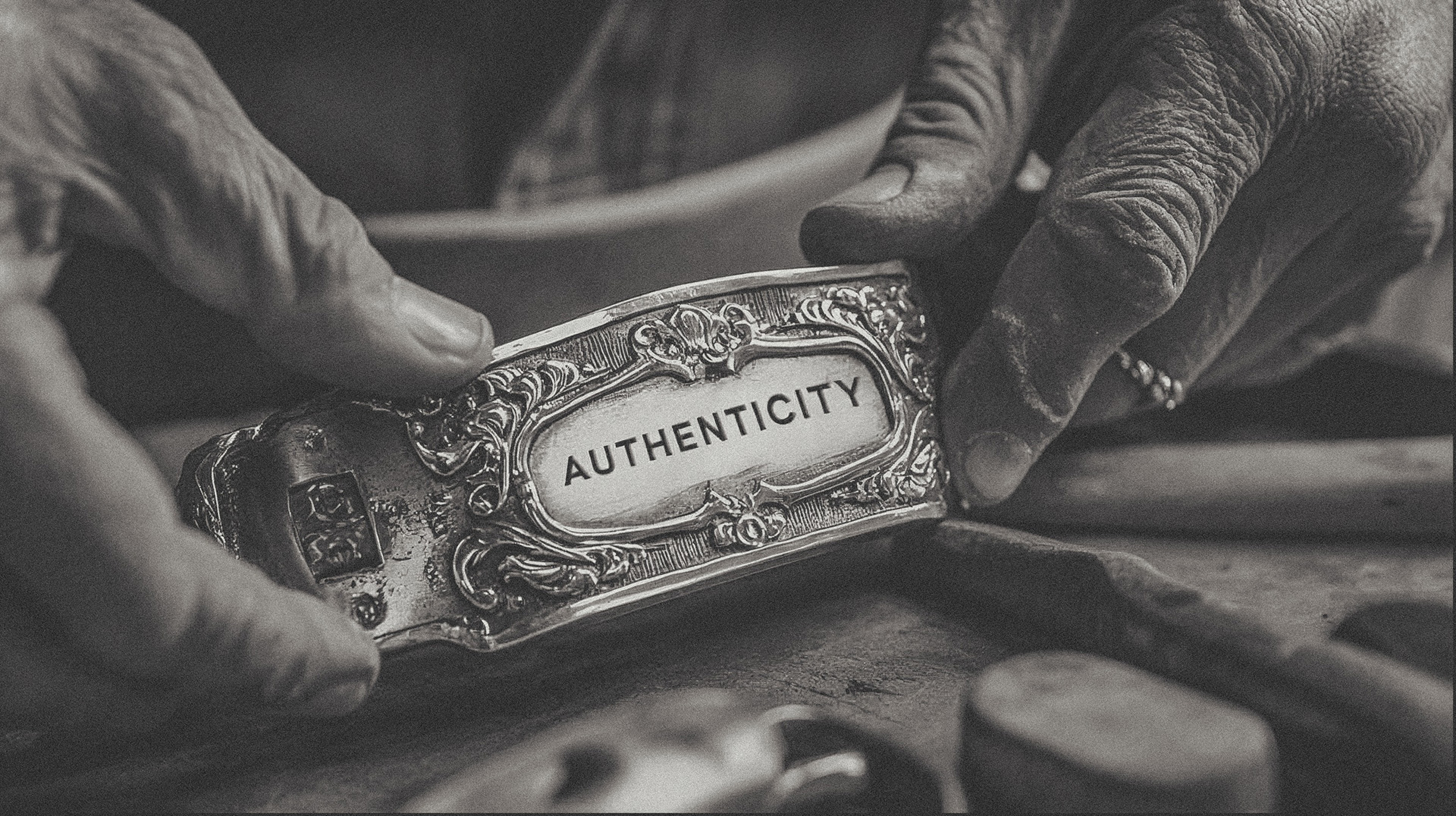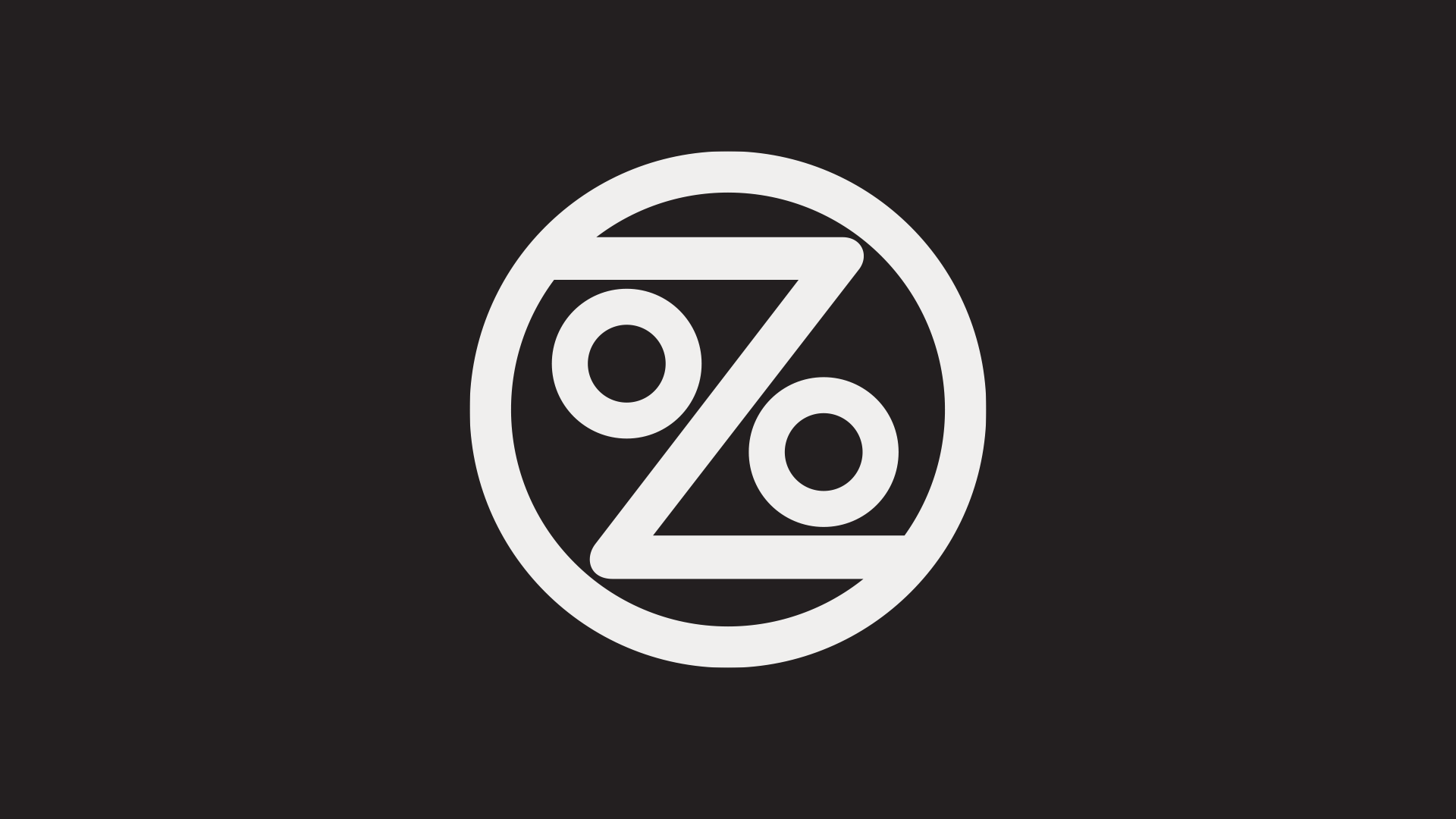Valentine’s Day is a great time to take stock of all relationships in your life, especially the creative ones. Why? Well because like romantic relationships, creative ones can thrive only when there are agreed-upon boundaries, mutual respect, open conversation, and trust.
It’s also a good time to connect with your creative partner, outside of the hustle of a campaign or project, to continue to improve your work and the process that gets you there. You will come out feeling more fulfilled, heard, and confident in your collective output.
Why 9 and not 10, like most listicles? Well, it’s important to always keep your partner on their toes too.
1. Keep It Simple
The creative relationship between a writer and art director is something that needs to be cultivated, refined, and updated. There needs to be trust, confidence in each other, and active listening. Don’t complicate things by holding back, pursuing your own agenda or not being honest about the work. It gets messy and eats away at trust, even if both partners are not aware of the conflict. Be direct, don’t tie emotion to your partner’s critique, and remember the idea is not yours, it belongs to you both.
2. Teams Are Made Off The Field
When my kids were playing little league, a coach bought them ice cream after the first practice. He told me that “teams are made off the field.” It was a profound moment, and the soft skills of teamwork, trust, respect and vulnerability seemed to eclipse the talent of hitting, baserunning and fielding. Same goes for ad partners. Have some time off the field, get to know each other, and naturally, the ideas will flow in a way that is free and without judgment. My partner (who I still have after 25 years) would carpool, get drinks after work, and do family stuff together. That allows us know better know each other, our frame of reference, tastes, and that helps as we begin to concept, knowing each other’s strengths.
3. Don’t be afraid to argue
Arguing over an idea is nothing new. And it’s healthy. You know those couples who never argue? You don’t want to be them. Friction elevates the idea, especially when you look at it from multiple ways. Just make sure you have boundaries before you begin the conflict and the eventual resolution. Don’t make it personal, and keep the idea in the middle. If things get too heated, call a time out, take a walk and come back to it. Great ideas often come with a bit a friction so constructive conflict can be a very productive aspect for creative partnerships.
4. Be honest
Transparency is key in any relationship, especially a creative one. Always communicate your thoughts and feedback honestly but constructively, ensuring that the focus is always on improving the work. It’s about nurturing an environment where open dialogue paves the way for innovation, allowing both partners to contribute to a project’s evolution with trust and respect.
5. Find Your Balance
When it comes to creating, it’s crucial to remember that every choice comes from a place of intent. If something in the copy or layout doesn’t sit right or sparks an idea for improvement, speak up. Offer your suggestion rather than making unilateral changes. This open exchange allows both partners to feel heard and respected, creating a space where feedback is not just tolerated but welcomed. It’s this push and pull, this melding of perspectives, that truly enriches our work. But remember, it’s a dance of give and take. Just as important as it is to voice your suggestions, it’s equally important to be open to your partner’s insights. This mutual respect and willingness to explore each other’s viewpoints is what turns good work into great work.
6. Come up with ideas together
As a CD, what I hated the most from teams is when one person developed a fully baked idea on their own, then sold it to their partner without involving them from the beginning. It’s essential to brainstorm and develop concepts as a team; this shared process not only enhances the idea through diverse perspectives but also ensures both partners are fully invested in the concept.
7. Be Present
When brainstorming with your partner, ensure you’re fully engaged—make eye contact, and put aside your phone or laptop. It’s vital that your partner feels both heard and acknowledged. This level of attentiveness taps into our basic human instincts, fostering trust and connection. Such biological cues are crucial in creating a collaborative atmosphere where creative ideas can flourish, ensuring that both of you can truly collaborate and bring out the best in each other’s ideas.
8. Have Each Other’s Back
Navigating the creative process, it’s crucial to stand firmly with your partner. Whether presenting an unconventional concept to the account team or addressing feedback, demonstrating unity makes a significant impact. This support not only fortifies your partnership but also establishes a valuable example for the team to foster and defend creative ideas collaboratively. The biological side to having a good relationship with your creative partner means more Oxytocin. That is why trust is so important between teams because Oxytocin can only appear if both partners have each other’s back.
9. Study The Brief Together
Before diving into the creative deep end, make sure you and your partner are anchored to the brief. Understanding the assignment inside and out ensures that your ideas, as brilliant as they might be, are always aligned with the project’s goals. It’s easy to get carried away with off-brand or off-topic concepts that don’t meet the requirements. Being on the same page, or “singing off the same song sheet,” as it were, is crucial. This shared foundation not only streamlines the creative process but also guarantees that your collective efforts are impactful and relevant to the task at hand
Just as in any meaningful relationship, the bond between creative collaborators thrives on mutual understanding, shared goals, and being truly present for each other. By aligning closely with the brief and ensuring we’re in harmony, we not only honor the essence of our partnership but also craft work that resonates deeply and fulfills its purpose. In this celebration of creativity and collaboration, let’s remember that the strength of our ideas lies in the strength of our union.


